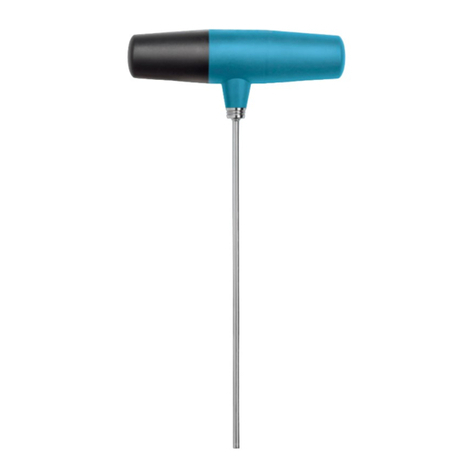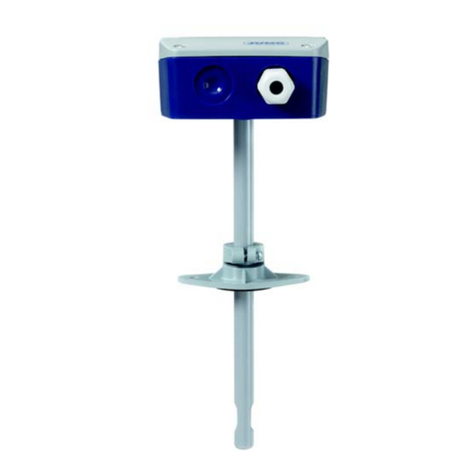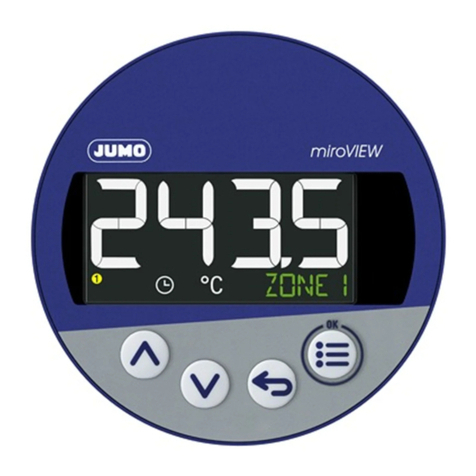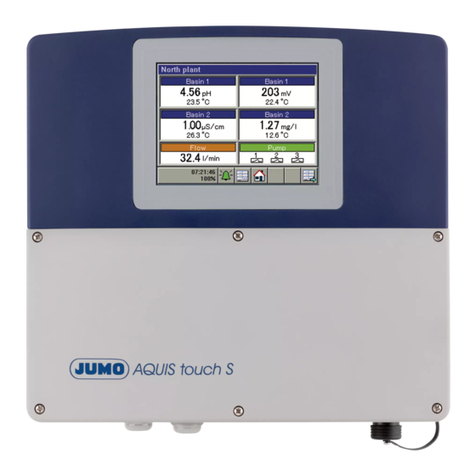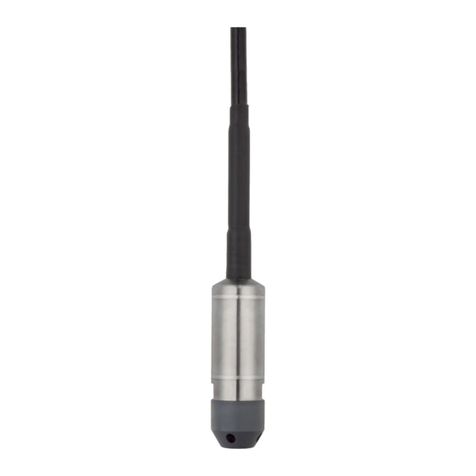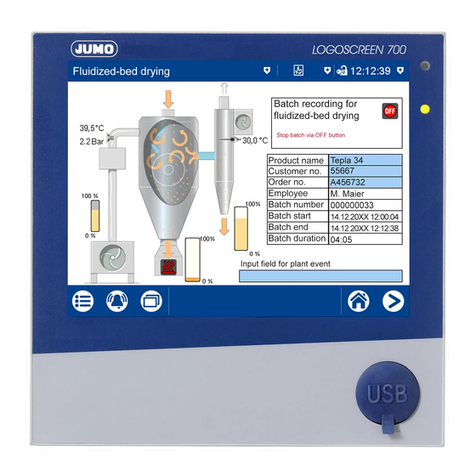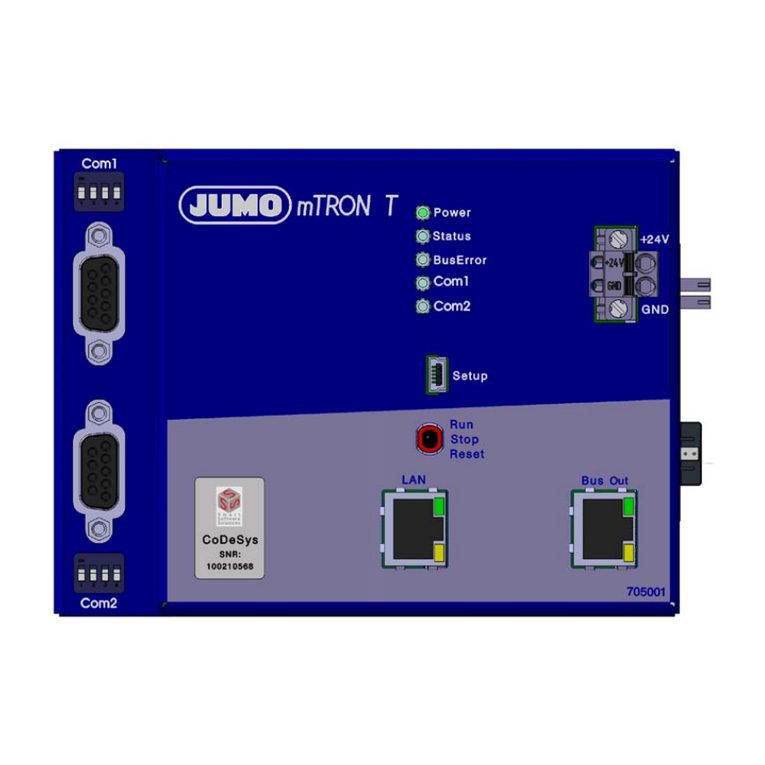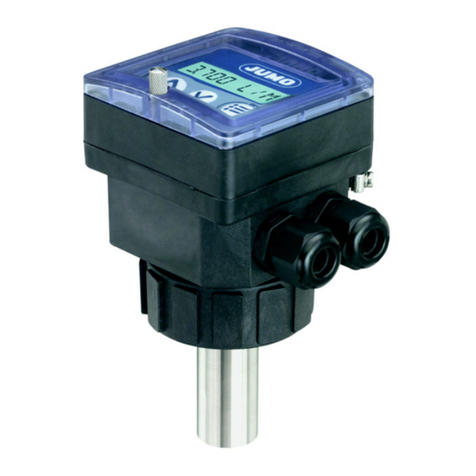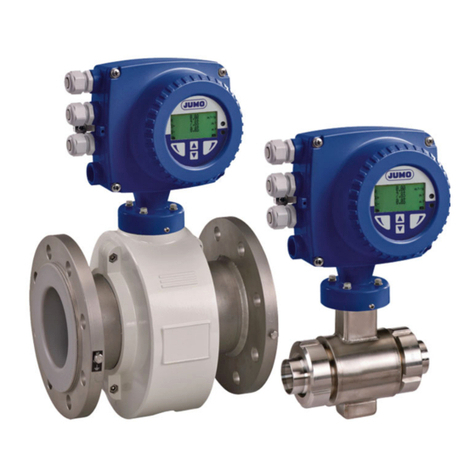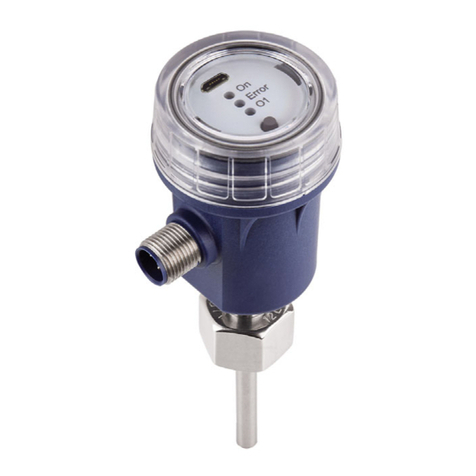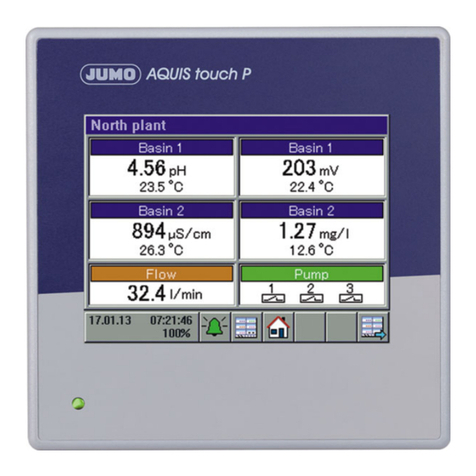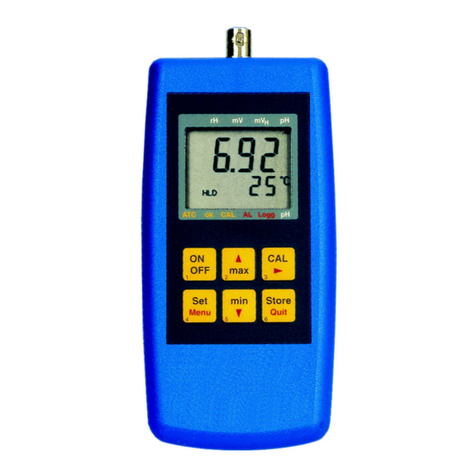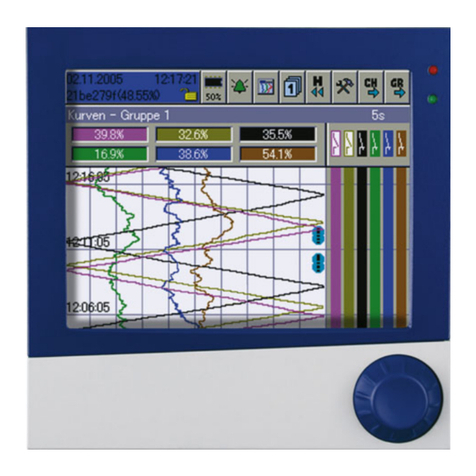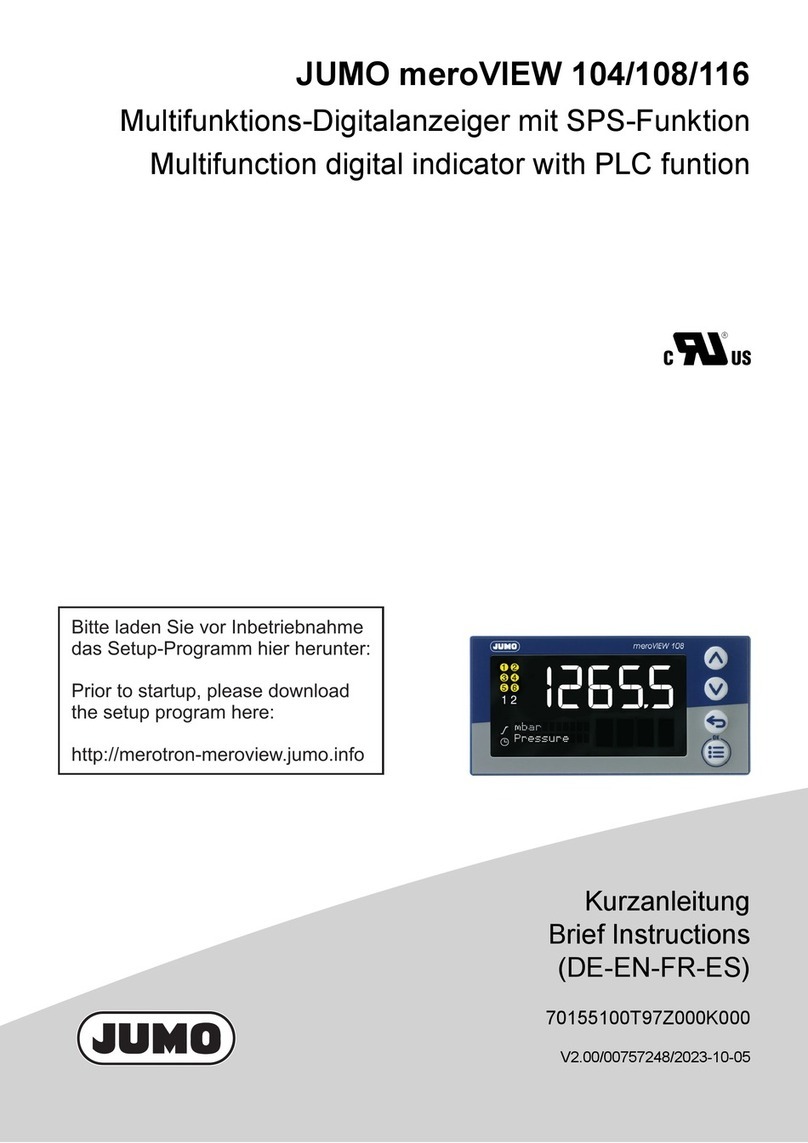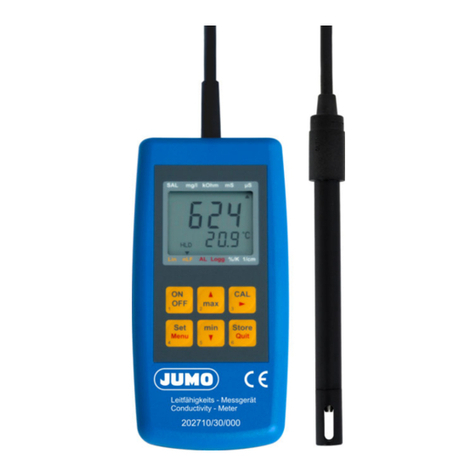Contents
6.3 Calibration with temperature probe ...........................................................22
6.3.1 Calibration with standard buffer series, example using technical
buffer series ...............................................................................................22
6.3.2 Calibration with any buffers .......................................................................23
6.4 Calibration without temperature probe ......................................................25
6.4.1 Calibration with standard buffer series, example using technical
buffer series ...............................................................................................25
6.4.2 Calibration with any buffers .......................................................................27
6.5 Display of the condition of the pH combination electrode ........................29
6.6 Displaying specifications of the combination electrode ............................30
6.7 Error messages of the pH calibration ........................................................31
7 Calibration of the measuring inputs ...................................... 32
7.1 Offset/zero point correction and slope correction of the voltage input
and the temperature input ..........................................................................32
8 Device settings ........................................................................ 33
8.1 Calling up the setting menu .......................................................................33
8.2 Resetting to default settings ......................................................................34
8.3 Configuring the device ...............................................................................34
8.3.1 Submenu "SEt ConF": general settings .....................................................34
8.3.2 Submenu "SEt Out": serial interface settings ............................................40
8.4 Parameterizing the device ..........................................................................41
8.4.1 Submenu "SEt Corr": offset/zero point correction and slope correction
of the voltage and temperature measurement ...........................................41
8.4.2 Submenu "SEt CLOC": setting the real-time clock ...................................43
8.4.3 Submenu "rEAd CAL.": reading the calibration data .................................45
9 Maintenance ............................................................................ 46
9.1 Good laboratory practice (GLP) .................................................................46
9.1.1 Calibration timer ("C.int") ...........................................................................46
9.1.2 Reading the calibration data ("rEAd CAL") ................................................46
9.2 Real-time clock ("CLOC") ..........................................................................47
10 Error and system messages .................................................. 48
11 The pH combination electrode .............................................. 49
11.1 pH combination electrodes for different areas of application ....................49
11.2 Cleaning .....................................................................................................50



